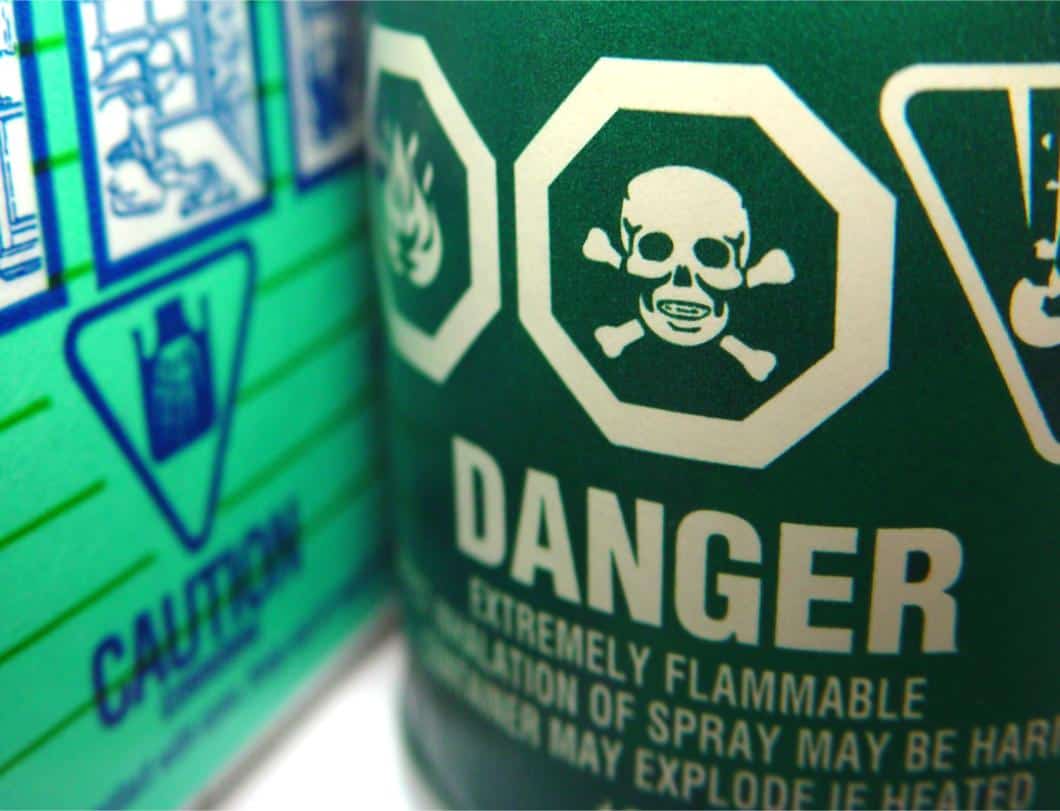Antifreeze Poisoning: Recognizing Symptoms and Acting Fast

Antifreeze poisoning is a serious threat to pets during the winter. If your pet is exposed to this toxin, the faster you can act, the better. Knowing the initial signs, responding immediately with swift action, and seeking emergency veterinary help are vital to a positive outcome.
Beyond Prevention
The most effective strategy to prevent antifreeze poisoning is to take extreme care in the use and storage of products containing ethylene glycol. In addition to antifreeze, be sure that pets never have access to the following items:
- Engine coolant
- Window deicing fluid
- Brake fluid
- Snow globes
- Paint/solvents
- Ink cartridges or stamp pads
- Pens
While some brands have started to add a bittering agent to their antifreeze products (to deter curious pets), many are sweet and delicious to the taste. What’s more, ethylene glycol can be absorbed by the skin, so it’s critical to mind where they walk when outdoors.
Symptoms of Antifreeze Poisoning
Rapidly absorbed by the gastrointestinal tract, ethylene glycol is metabolized by the kidneys. Depending on the amount consumed, a pet’s size and overall health, and other factors, symptoms may arise 30 minutes after exposure. Without immediate veterinary intervention, the impact of ethylene glycol on the kidneys may create severe symptoms of kidney disease over the course of a few days after exposure.
Please contact us if you see the first signs of antifreeze poisonous:
- Uncharacteristic lethargy
- Coordination issues
- Excessive thirst/urination
- Vomiting with possible concurrent diarrhea
The sooner you act, the more effective possible treatment can be to deter the effects of toxicity.
From Bad to Worse
If pet owners don’t see the initial warning signs or wait to see if they get better, the second stage of antifreeze poisoning will cause these obvious symptoms:
- Dehydration as the result of vomiting and diarrhea
- Elevated heart rate
- Respiratory distress/rapid respiration
Oddly, symptoms can wane after about 24 hours, giving pet owners a false sense that danger has passed. The truth is that a decrease in outward symptoms mask the fact that internal problems are actually becoming more grave.
The final and most disastrous stage of antifreeze poisoning pets causes pain and swelling of the kidneys, absence of urine, coma, and death.
Diagnosis and Treatment
Sometimes, pet owners don’t witness their pets consuming antifreeze or other products containing ethylene glycol. This can delay diagnosis and treatment. Even suspected antifreeze poisoning should be addressed promptly with certain diagnostics to rule out ethylene glycol toxicity.
If less than two hours has transpired since ingestion, it may be possible to induce vomiting before the poison is metabolized by the kidneys. Intravenous fluid therapy is crucial to restore hydration, and we may recommend monitoring the functions of the heart, lungs, kidneys and liver over the course of several days. We may have to prescribe medications to protect the GI system, reduce seizures/tremors, and possibly inactivate ethylene glycol in the system.
Winter Pet Emergencies
Antifreeze poisoning in pets is one of the worst winter pet emergencies imaginable, but exposure can be prevented and treatment after exposure is successful if symptoms are caught early.
Please call us right away at (704) 334-4684 if you know or suspect your pet has been exposed to ethylene glycol. Our team at Animal Medical Hospital and Urgent Care is always here to help.
